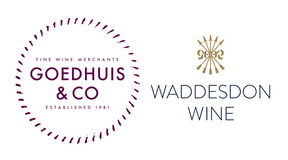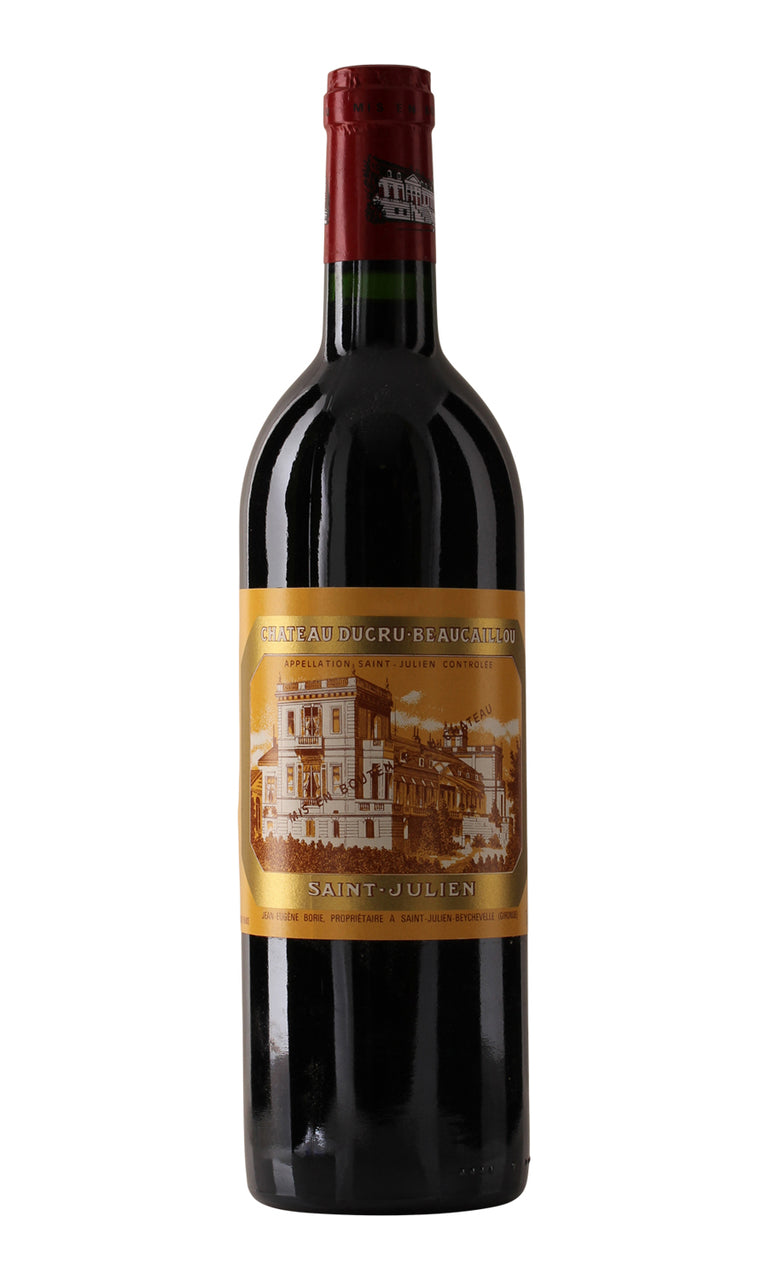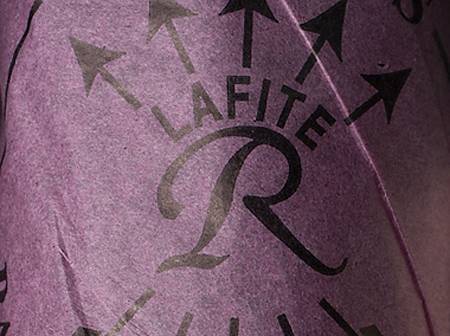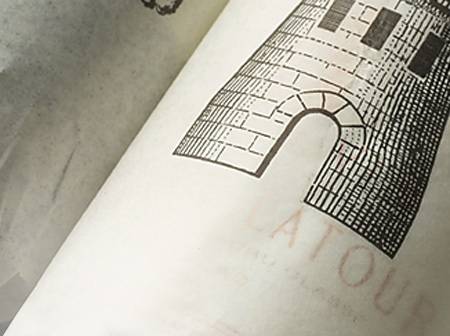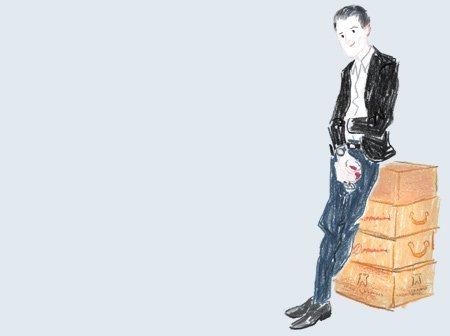- Colour Red
- Producer Château Ducru-Beaucaillou
- Region St Julien
- Drinking 2012 - 2030
- Case size 12x75cl
- Available Now
1998 - Ch Ducru Beaucaillou 2ème Cru St Julien - 12x75cl
- Colour Red
- Producer Château Ducru-Beaucaillou
- Region St Julien
- Drinking 2012 - 2030
- Case size 12x75cl
- Available Now
Select pricing type
This wine is currently only available Duty Paid
Need help? Call +44 (0)20 7793 7900 or email wine@goedhuiswaddesdon.com.
-
Neal Martin, May 2018, Score: 92
The 1998 Ducru Beaucaillou is a blend of 70% Cabernet Sauvignon and 30% Merlot that was picked between 24 September and 7 October. It has a lucid ruby hue with very little ageing on the rim. The bouquet is ripe, almost heady in style, glossy perhaps with kirsch, maraschino cherries, vanilla and crushed rose petals. The palate is medium-bodied with supple tannin, dense black fruit laced with game, allspice, white pepper and leather. This is a more sinewy take on the vineyard compared to the more refined and finessed wines under Bruno Borie today, although there is plenty of freshness here and it will continue to age for several years. Drink: 2018 - 2034
-
Robert Parker, April 1999, Score: 88-90
Sixty-eight percent of Ducru's harvest made it into the grand vin, which is a blend of 70% Cabernet Sauvignon and 30% Merlot. An excellent wine, possibly meriting an outstanding score depending on how it develops, Ducru is evolved, but it reveals tell-tale tannic hardness in its finish. Classically proportioned with plenty of plum and cassis fruit intermixed with toasty oak as well as minerals, it possesses good power, medium body, excellent richness, and a concentrated, firm, angular finish. It has been well-made.
-
Robert Parker, April 2000, Score: 90-92
A dark ruby/purple-colored effort, the 1998 has put on weight and reveals sweeter tannin than it did last spring. This blend of 70% Cabernet Sauvignon and 30% Merlot displays a complex, mineral, cassis, and vanillin-scented nose, a combination of power and finesse in its rich, multi-layered flavors, good tannin, and a long, sweet, concentrated finish. It is not a huge, super-concentrated offering, but is stylish and impeccably made. Anticipated maturity: 2006-2025.
-
Robert Parker, April 2001, Score: 91
A supremely elegant, dense purple-colored effort, the 1998 reveals aromas of cassis, black raspberries, minerals, and currants. Precise, well-delineated, and medium to full-bodied, with magnificent purity and understated elegance, this noble, restrained wine reveals a tannic finish, suggesting 4-5 more years of cellaring is warranted. Anticipated maturity: 2005-2025.
Producer
Château Ducru-Beaucaillou
Instantly recognisable by its sunny Mediterranean-hued label,Ducru Beaucaillou is always a favourite amongst wine aficionados. Owned by the Borie family over the last 60 years, it has been run by Bruno, the eldest son of the late Jean-Eugène, since 2003. This change in leadership seems to have had a positive effect in all vintages since. Like certain other châteaux in Bordeaux, Ducru carries out cold macerations during thei...Read more
Instantly recognisable by its sunny Mediterranean-hued label,Ducru Beaucaillou is always a favourite amongst wine aficionados. Owned by the Borie family over the last 60 years, it has been run by Bruno, the eldest son of the late Jean-Eugène, since 2003. This change in leadership seems to have had a positive effect in all vintages since. Like certain other châteaux in Bordeaux, Ducru carries out cold macerations during their vinification process, a technique in which grapes are steeped in their own juice at low temperatures to gently extract vibrant colour and fleshy fruit.Read less
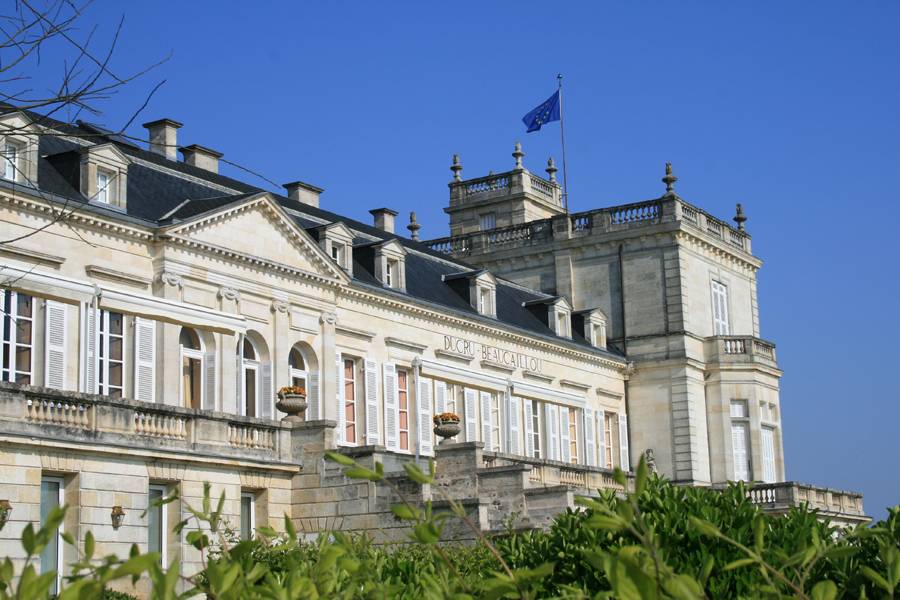
Region
St Julien
St Julien is like the middle child of the Médoc - not as assertive as Pauillac or as coquettish as Margaux. It lies firmly between the two more outspoken communes and as a result produces a blend of them both. St Julien's wines have often been sought out by aficionados for their balance and consistency, particularly in the UK. Yet due to its middle child nature, it can occasionally be overlooked globally and as a result underrated by those markets outside the UK. Despite the fact that it has no first growths, it has several second growths including Léoville Las Cases, Léoville Barton, Léoville Poyferré and Ducru Beaucaillou as well as the celebrated châteaux such as Talbot and Beychevelle.
